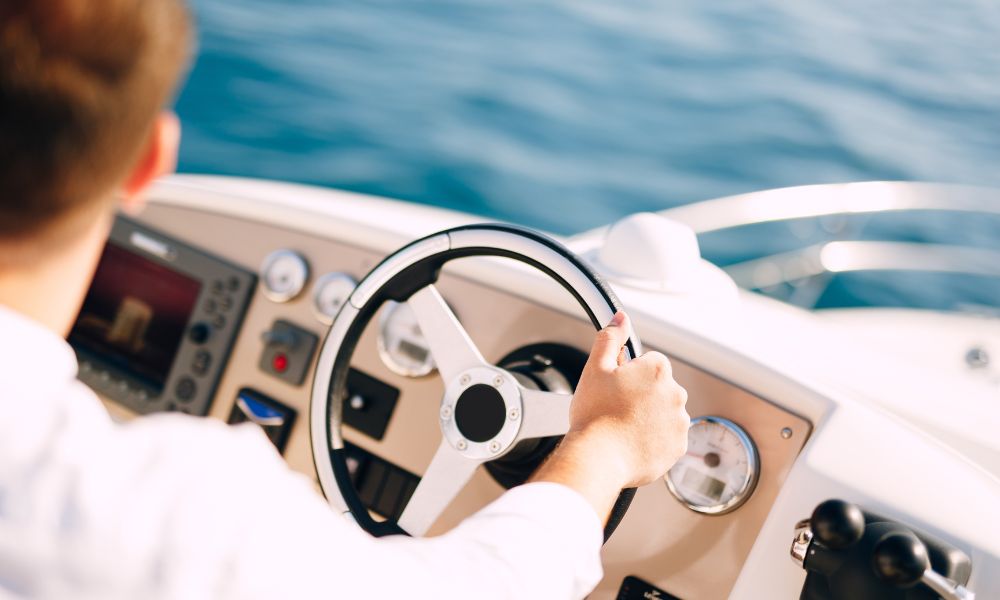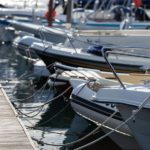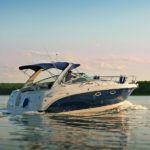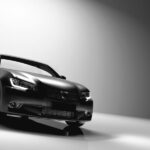Owning a boat allows you to experience a new set of luxuries. It opens up more lifestyle opportunities, from regular fishing excursions to boat parties and sunset cruises. There’s nothing like sitting on your boat, mimosa in hand, and watching the sun glisten on the waters! Although owning a boat comes with luxuries, it also comes with requirements and responsibilities. Operating a boat greatly differs from driving a car. Here are three reasons why.
Highway Maps vs. Nautical Charts
Roads are clear pathways and dictate the direction of travel. Traversing waters come with a bit more flexibility. Instead of following a designated road to your destination, open water allows you to create your own routes (within reason). That also means keeping an eye on your nautical charts for obstructions, tides, sand bars, and changes in currents that might affect travel. Water travel and bat operations put you in charge of remembering or tracking your path back.
Driving Rules and Regulations
Water and land laws vary. Compared with driving on land, water navigation comes with fewer directions. They lack stoplights, lanes, and dividers. Most boating rules come from internal knowledge and best practices. The most set laws include speed limits in certain zones, restricted areas marked by signs and buoys, rules about right of way, landmark cautions, and time restrictions. In general, boaters follow a set etiquette, like slowing down near other boats and giving right of way.
Operational and Mechanical Differences
The biggest difference between car and boat operations is breaking. Contrary to popular belief, anchors aren’t a failsafe for slowing boats and stopping suddenly. They hold a boat in place within certain parameters but don’t create a quick stop like car brakes. Stopping a boat means slowing down and turning off the engine. On the water, currents and tides will move the boat and make it harder to avoid a collision. Your boat cannot hold its exact spot, like pressing the brakes in a car.
The use of peddles also differs in car and boat operational mechanics. Boats operate on a throttle system. To start and stop moving, you pull the lever to different power levels. A car, on the other hand, requires you to step on the gas and brake peddles to move and change speeds.
There are numerous differences between driving a car and navigating a boat. Both vehicles operate differently, follow varying laws, and produce differing driving conditions. One of the most important things every first-time boat owner should know is learning how to drive. Not all the rules on land transfer to the water. Knowing the differences between cars and boats allows you to enjoy the luxuries of owning a boat, from expanded water access to boating activities.







